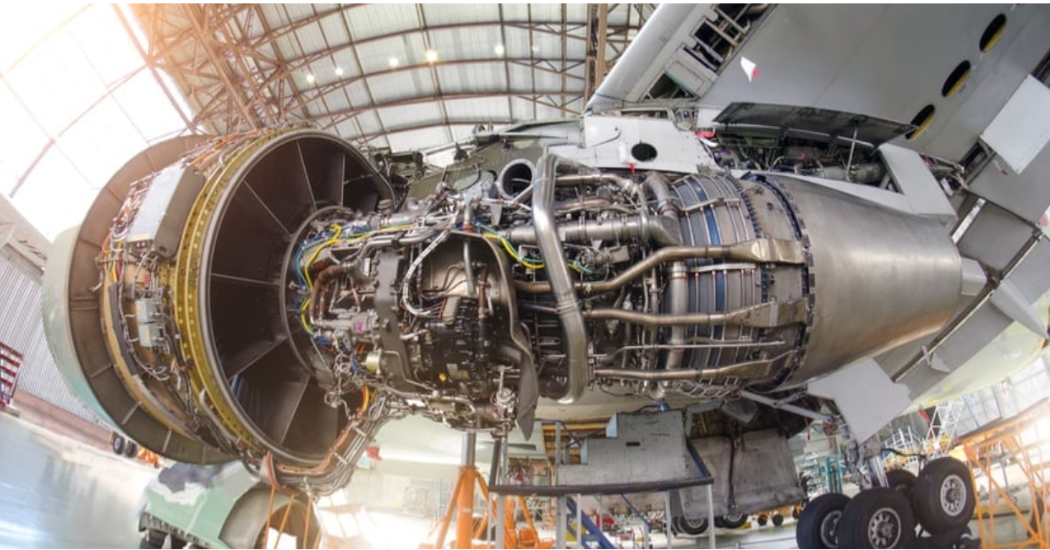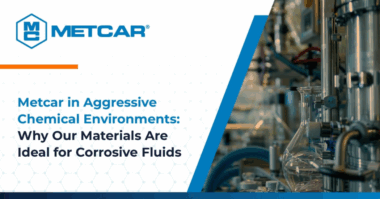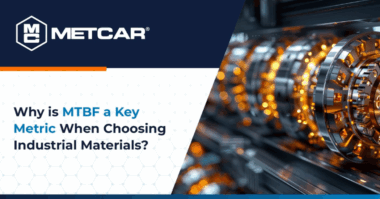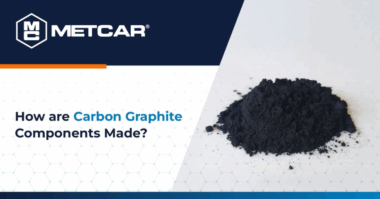In the aerospace sector, there is zero room for mistakes, necessitating materials capable of enduring elevated altitudes, rapid velocities, and temperatures surpassing 1,000 degrees. These demands are crucial to fulfill the stringent safety standards of the industry.
In these oppressive environments, aerospace engineers require high-performance materials that push the limits. The material that possesses the heat resistance and self-lubricating characteristics that satisfy these stringent requirements is highly-specialized Metcar® graphite.
Graphite’s layered structure and material characteristics allow it to run at higher temperatures for longer than other bearing and seal materials. So, it’s ideal for mechanical parts that help keep aircraft at peak performance.
At Metcar, our proactive approach to develop next generation materials and our unique family of solid, oil-free, self-lubricating materials continue to set new standards in the aerospace industry.
Aerospace Engineers’ #1 Priority: Efficiency
The predominant concern of aerospace engineers is efficiency. Metcar’s highly-specialized graphite achieves improved efficiency by:
- Increasing the service life of airplanes
- Improving fuel economy
- Having the ability to run hotter engines
- Reducing the weight of airplanes
1. Longevity
Graphite’s self-lubrication and heat transfer advantage, along with the ability to seal the porosity through our proprietary impregnation process, increases aircraft longevity.
Commercial airplanes stay in service for 25-30 years with lengthening service intervals. Aging aircrafts offer airlines an economic advantage to manage their financial risk, including lower depreciation costs and lower capital investments. With the fluctuating price of oil, a balanced fleet of new and aging aircraft offer airlines the flexibility to park or replace aging planes when it’s in their financial interest.
The unique characteristics of graphite to increase longevity give airlines a distinct operating leverage.
2. Fuel Economy
Aerospace engineers aren’t the only ones interested in better fuel economy. Fuel is one of the biggest expenses of airlines worldwide, representing up to 33 percent of operating costs.
Metcar Graphite helps achieve better fuel economy by allowing engineers to manage oil temperatures in the engine’s bearing cavities due to Metcar’s high thermal conductivity. This allows the engines to run at higher temperatures which results in better fuel economy.
In an engine, oxidation is responsible for numerous lubricant problems like coking of the oils creating sediment which decrease fuel efficiency and necessitate replacing the oil and servicing engines more frequently. With longer intervals between maintenance, airplanes can spend more time in service.
3. Ability To Run At Extremely High Temperatures
Oxidation inhibitors are added to graphite materials to allow them to run at higher temperatures than other bearing and seal materials. Heat is transferred efficiently by drawing heat away from the interface to prevent overheating. This equates to improved performance.
A high-performance impregnation process seals porosity in carbon graphite and graphite by use of vacuum and pressure. Impregnation can effectively limit both micro-porosity and macro-porosity. This improves thermal properties and enhances material strength and stiffness.
4. Weight Saving Properties
Aerospace engineers are always looking to achieve a weight advantage through their choice of materials. Graphite is lightweight and has a lower density compared to other aerospace materials.
For example, when an industry giant replaced a single leaded bronze part with a graphite equivalent, they saw a weight decrease of 1.5 lbs. In aerospace, every pound saved equates to $5,000 a year in fuel costs. Switching to graphite when possible across an entire fleet adds up to substantial cost reduction for the airline.




